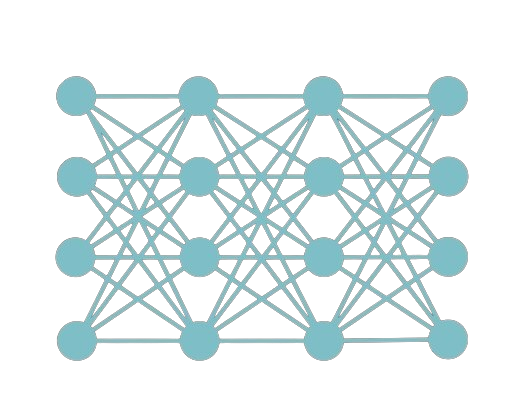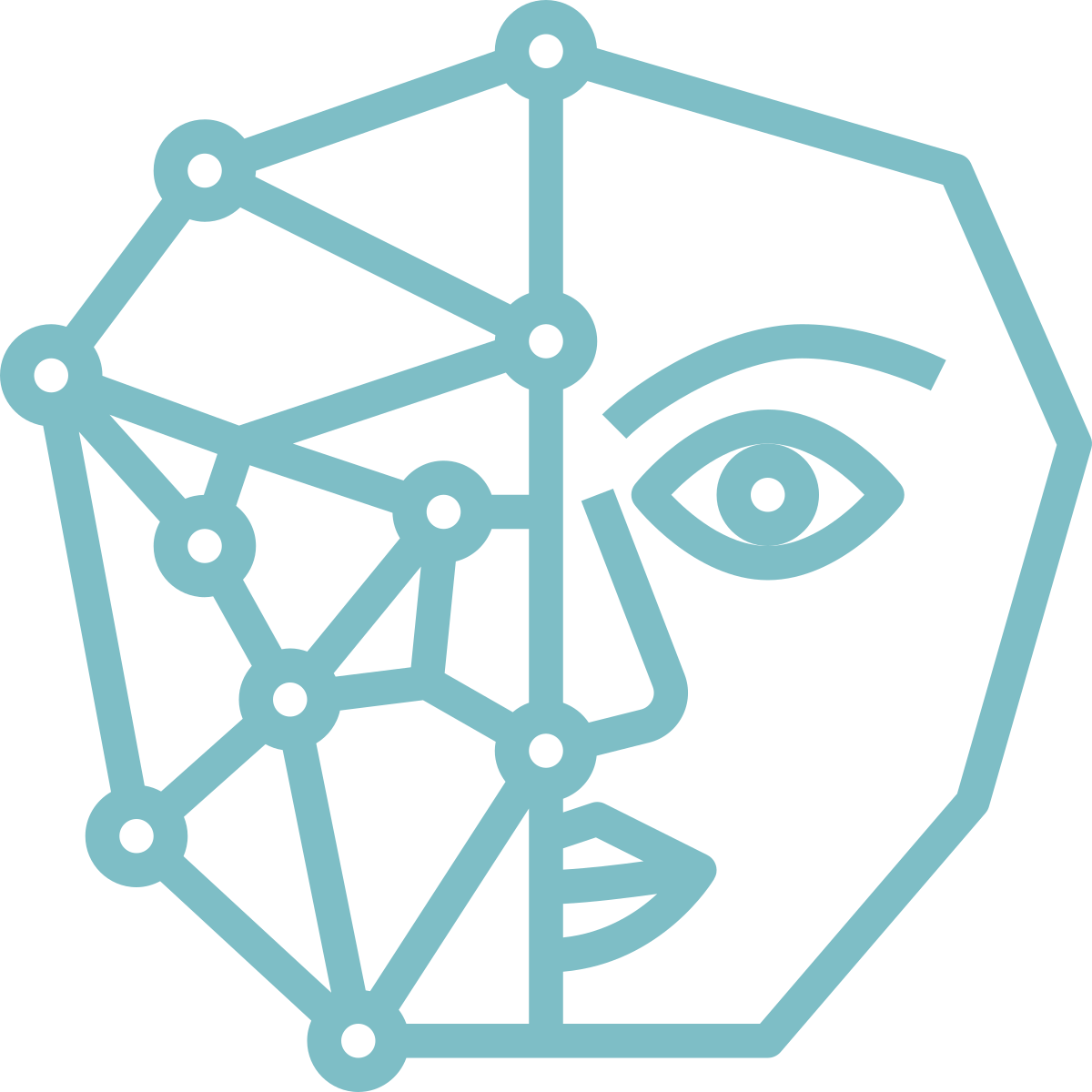AI Literacy for Library Workers: Online Course
Get hands-on experience with generative AI, understand the technology, promote ethical use
One of the best courses I’ve ever taken. Highly recommended.
This course really gave me the opportunity to try out so many different AI tools and have that hands on experience I really needed. Plus get a better understanding of generative AI in general. Highly recommend the course!
There’s agreement everywhere that AI literacy is necessary.
There is widespread agreement on the necessity of re-skilling our workforce, especially in libraries. We need hands-on time with the tools and we need to conduct experiments in order to develop the most effective policies and practices.
One study found that librarians have only a moderate self-rated understanding of AI concepts, limited hands-on experience with AI tools, and notable gaps in discussing ethical implications and collaborating on AI projects.
We need this not only for ourselves, but in order to embed generative AI training within information literacy training. But many library staff have not yet had enough time and support to devote to this learning.
Gain a deep understanding from hands-on experience.
In this six-week course, you’ll get hands-on experience with generative AI models and their use for education.
You’ll come away with a deeper understanding of:
- the underlying technology
- prompting techniques
- multimodal features
- and ethical issues such as bias, copyright, and privacy protection.
You’ll develop methods for staying current and avoiding hype about AI.
And finally, you’ll become familiar with the most beneficial applications of generative AI for education.
This course is for you if…
> You’re curious about how we can align generative AI with the values of the library profession.
> You haven’t yet had enough time to devote to this topic, and participating in a course would help you set aside time for this.
> You would like to be prepared for a changing job market that will require generative AI skills.
> You want to know the best methods for staying current with the quickly changing world of generative AI.
Asynchronous online course
Begins Oct. 7, 2025
Participate from any time zone!
Outside of the U.S.?
Infopeople will need to register you manually – send an email to hello@infopeople.org.
This is a fabulous class. It is time-consuming so make sure you have dedicated time to take the class and do the exercises but you will learn so much. I am new to the topic so it was a little like learning a foreign language but it was fun too.
Nicole embodies the two most important characteristics of a great instructor: deep knowledge of her subject; and attentiveness to her students.
By the end of the course you will …

Understand technologies
Identify and describe the underlying technologies that power generative AI.

Use multimedia AI
Use multimedia AI tools to generate images, video, music, and speech.

Prompt effectively
Select the best model for your task and craft effective prompts for them.

Explain ethical issues
Explain ethical issues, such as bias, deepfakes, and privacy.

Use multimodal features
Effectively use data analysis, voice assistants, and computer vision.

Stay current
Develop a list of reliable sources to follow for staying current.
What’s Included

Videos
Several short video lectures each week

Readings
Interesting readings with thought-provoking discussion questions
Discussion
A forum where you can discuss the readings with classmates

Assignments
Hands-on assignments
What you'll learn each week
1. Understanding the technology
- Accurately define key AI terms including machine learning, grounding, tokens, and guardrails.
- Classify a given AI technology as either discriminative AI or generative AI.
- List at least three language models other than ChatGPT and identify which of these models are grounded with external factual data.
- Become aware of tools that incorporate AI for searching for academic papers, such as Elicit.
- Understand and implement the privacy protections available in various AI models.
- Explain the differences between open-source and proprietary AI models, including the implications of each for developers and users.
2. Prompting for language models
- Select the most suitable language model for specific tasks based on their capabilities and limitations.
- Craft effective prompts using multiple techniques, including prompting to avoid bias.
- Test and experiment with custom bots made by others.
- Build a simple, specialized chatbot, applying your knowledge of prompting, to create a functional tool.
3. Understanding ethical issues
- Understand and explain the unresolved issues related to the copyright-ability of content generated with AI and the issues around fair use in regards to training data.
- Understand and explain issues related to bias in the output of language models and multimedia models.
- Understand and explain issues related to the labor used to build LLMs
- Understand and explain issues related to the possible climate impact of AI systems.
4. Using multimodal features
- Use Claude to analyze data, and create charts and graphs (using fictional data).
- Use computer vision tools to generate accurate descriptions and alt text for images, and get recommendations for improving the design of an image (such as an infographic).
- Identify and use leading AI tools for real-time translation of video and audio content.
- Demonstrate the use of AI voice assistants on mobile devices and explain their potential applications and benefits for public use.
- Use AI-based transcription tools to convert audio and video files into accurate written transcripts.
- Generate a simulated podcast based on documents of your choice.
5. Creating multimedia with generative AI
- List multiple AI media generation tools, including the types of media they can create.
- Use techniques to help determine whether images are AI-generated or not.
- Identify bias in outputs from image generators and modify prompts to minimize such biases.
- Outline some of the copyright issues related to input and output of AI-generated media.
- Explain both beneficial and unethical uses of AI multimedia tools, providing examples of each.
6. Staying current and avoiding the hype
- Identify common reasons why mainstream news stories about AI may be misleading or untrue, providing examples from recent publications.
- Learn to create and use prompts that help assess misleading language in AI news stories.
- Develop a list of reliable sources to follow for staying current with generative AI and its applications for education.
What You'll Need
> No technical understanding of generative AI is needed.
> You will need to create free accounts on several AI systems such as ChatGPT, Claude, Perplexity, and NotebookLM. Links to the necessary accounts will be provided on signup.
> If you are in the EU, and if certain tools are not available in EU countries, there are enough other options for you to get the full experience.
I highly recommend this excellent course. The videos are informative, exciting and short, and I really enjoyed the hands-on activities, it was so much fun that I could try out all these new tools! I liked best the attitude that we were supposed to understand how easy it is to use AI to build a chatbot, generate music or create a podcast from a text.
Join us for the next session!
Begins October 7, 2025 (6 week course)
Offered via INFOPEOPLE online courses.
$200
Get the self-study version
Start and finish anytime
Offered via Udemy (with certificate of completion)